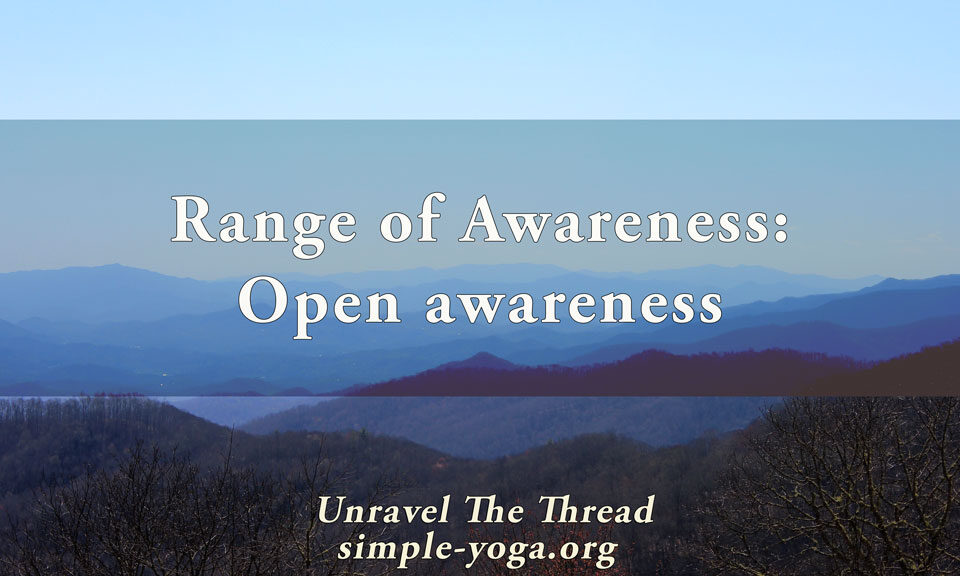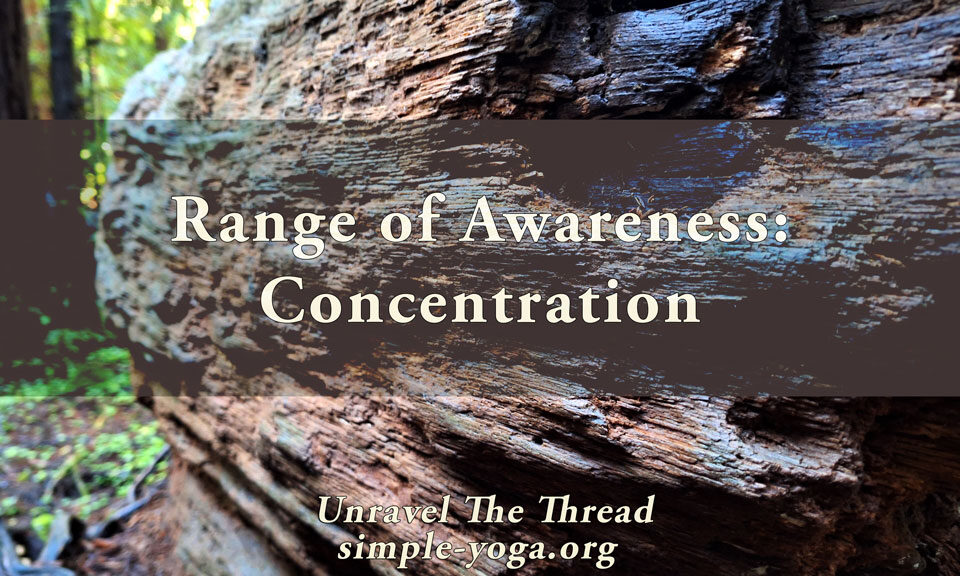Where to Start
February 7, 2020
1.37 Focus on serenity beyond desire
February 26, 20201.36 Cultivating the inner light

As with the previous verses, this one can be interpreted in two ways. One is as a stand-alone technique to remove distractions. The other approach is to see this practice as a continuation of the process of involution. Involution is the gradual progression in exploring your inner world. As the senses turn inwards and sensitivity grows, subtler aspects of your inner world become apparent. The process is an organic enhancement of your ability to focus. This is the practice of concentration (dharana). The focal point in this case is your inner light. Every person has an inner light, the light of life. We see this light shining bright in babies. In fact, it is difficult not to see that brightness in them. This is one of the reasons that babies attract our attention and most often elicit an easy smile. As a person gets more and more established in her ways of being, internal commentary becomes an endless litany of opinions, stories, beliefs, likes and dislikes. As it was suggested in sutra 1.4, if those ways of being are not regulated, we tend to identify with them. In other words, the inner light at the core of our being is veiled by our ways of being. The often-used word, “enlightened,” refers to someone whose inner light shines bright enabling him to see everything with clarity unencumbered by who he thinks he is or should be.
Trataka, the practice of gazing at a candle flame is one accessible technique to start. In a darkened room without any drafts, sit in a comfortable position two feet away from a candle placed at eye level. Focus your gaze on the center of the flame and, keeping your eyes steady try to concentrate on the light for as long as you can without any strain. When you reach a comfortable limit, close your eyes gently and stay with the light within for as long as possible. Explore the option of trying to connect that light behind your forehead to the center of your brain and down through the center of your throat to the center of your chest. Visualize your heart enveloped in soft light like the luminescence of the full moon. When the sensation of light fades, you can try opening your eyes and gazing at the candle again. In some traditional texts, it says to keep the gaze fixed until your eyes start watering. You may try this and notice how that feels and if it agrees with you. Practicing with patient persistence may make it easier to just feel the impression of light behind your forehead and from there to connect to the light in your heart.
You may also bring joyful thoughts into your mind and inspiring feelings into your heart to invite this inner brightness to arise. For example, you can think of something that brings a smile to your face, or you can remember a particularly happy moment. Then, gradually let go of the details and stay with the residual feeling. One other way to access this luminescence is by aligning with the feeling of gratitude and love for your life, your partner, relatives, friends and teachers. As usual, choose one technique, engage in the practice as best as you can, and notice its effects. Is this practice helpful or unhelpful?
As usual, one more way of exploring the meaning of this sutra is by chanting it.
You can choose to chant it in its traditional form, in this case each word is chanted individually:
1.36 viśokā vā jyotiṣmatī
विशोका वा ज्योतिष्मती ॥३६॥
- viśokā
- vā
- jyotiṣmatī
Unravel the thread is now available as a book!
If you find Simple-Yoga.org and Unravel the thread useful, consider supporting my labor with a donation, you may also donate using PayPal or Venmo. Thank you!



